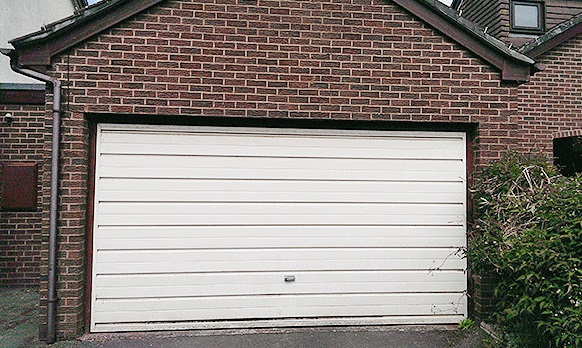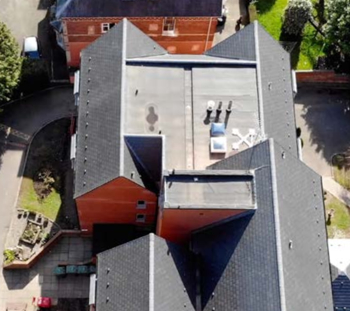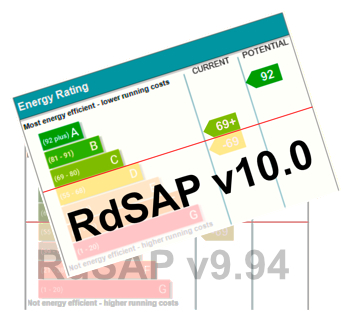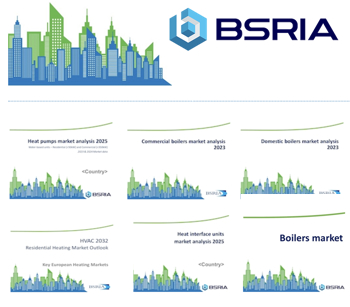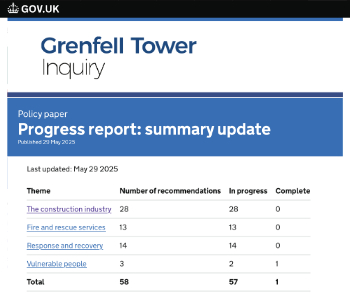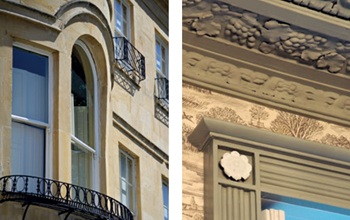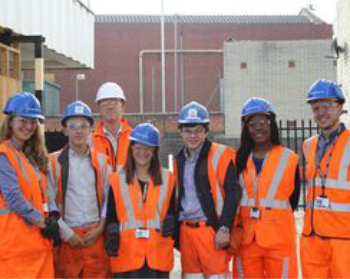How to build a garage
To help develop this article, click 'Edit this article' above.
A garage is a common type of single-storey building, typically constructed to adjoin an existing building, and used for keeping vehicles, as storage space, and so on. The method of connection requires careful consideration, in particular, openings between the extension and the existing building (if there are any), junctions with the existing roof structure, the positions of existing flues, drains, and so on.
A garage can also be constructed as an independent structure which is not adjoined to the main building, or it can be incorporated within the main building.
Building Regulations approval is required for building a garage but planning permission may not be in all instances – the local authority should be able to advise as to whether it planning permission is needed or not. As an outbuilding, a garage may be considered a permitted development which will not require planning permission as long as:
- It is not forward of the wall forming the principal elevation.
- It is single-storey with a maximum eaves height of 2.5 m, and maximum overall height of 4 m with a dual-pitched roof, or 3 m for any other roof.
- It has a maximum height of 2.5 m within 2 m of a boundary.
The first stage of building a garage is to develop a design which lays out the dimensions and features in detail. An important consideration is where side access from the main building will be and whether a section of the existing wall will be able to be taken out to allow for the installation of a door. It is also important to establish how vehicles will access the garage, turn and so on.
It will be important, if the garage is to be used for storing a vehicle, that the correct size is ascertained, bearing in mind door opening radii. Typical sizes are 3.5 x 6 m for a single garage, and 6.5 x 6.5 m for a double garage (for two vehicles). The height of the door opening is also an important consideration.
Before beginning construction, the ground must be levelled and the firmness assessed. Hardcore can be used to level and firm up soft ground. Services will also need to be provided for power, drainage and sometimes a water supply.
Some of the topsoil will generally be removed, typically around 6 inches, so that the concrete slab will be level with the surrounding ground. A layer of firm tamped sand should be provided as support for the concrete which will be poured on top. It can be advisable to install a damp-proof membrane if the ground is prone to damp. This should be added to the whole base and also between the concrete and the adjacent wall to avoid damp transfer.
Structural rebar can be installed to reinforce the concrete slab if required, and then the concrete poured and left to cure.
When the foundation has set the walls can be constructed and then the roof built, typically using joists and rafters. Garage roofs are most commonly pitched or flat.
The garage then needs to be wired with electricity and lighting provision, insulated, installed with drywall (if required), and then painted (if required).
The final step is to install the garage door, which can be made of timber, steel or fibreglass. Many are fitted with a remote-control system which automatically raises and closes the door.
[edit] Related articles on Designing Buildings Wiki
- Basements in buildings.
- Building an extension.
- Carport.
- Conservatory.
- External doors.
- Hiring an architect as a domestic client.
- How to build a porch.
- How to find a builder.
- How to lay block paving.
- Incorporating a concrete garage into the landscape
- Loft conversion.
- Outbuildings.
- Permitted development.
- Planning permission.
- Renovation.
- Self-build homes.
Featured articles and news
Professional practical experience for Architects in training
The long process to transform the nature of education and professional practical experience in the Architecture profession following recent reports.
A people-first approach to retrofit
Moving away from the destructive paradigm of fabric-first.
International Electrician Day, 10 June 2025
Celebrating the role of electrical engineers from André-Marie Amperè, today and for the future.
New guide for clients launched at Houses of Parliament
'There has never been a more important time for clients to step up and ...ask the right questions'
The impact of recycled slate tiles
Innovation across the decades.
EPC changes for existing buildings
Changes and their context as the new RdSAP methodology comes into use from 15 June.
Skills England publishes Sector skills needs assessments
Priority areas relating to the built environment highlighted and described in brief.
BSRIA HVAC Market Watch - May 2025 Edition
Heat Pump Market Outlook: Policy, Performance & Refrigerant Trends for 2025–2028.
Committing to EDI in construction with CIOB
Built Environment professional bodies deepen commitment to EDI with two new signatories: CIAT and CICES.
Government Grenfell progress report at a glance
Line by line recomendation overview, with links to more details.
An engaging and lively review of his professional life.
Sustainable heating for listed buildings
A problem that needs to be approached intelligently.
50th Golden anniversary ECA Edmundson apprentice award
Deadline for entries has been extended to Friday 27 June, so don't miss out!
CIAT at the London Festival of Architecture
Designing for Everyone: Breaking Barriers in Inclusive Architecture.
Mixed reactions to apprenticeship and skills reform 2025
A 'welcome shift' for some and a 'backwards step' for others.







